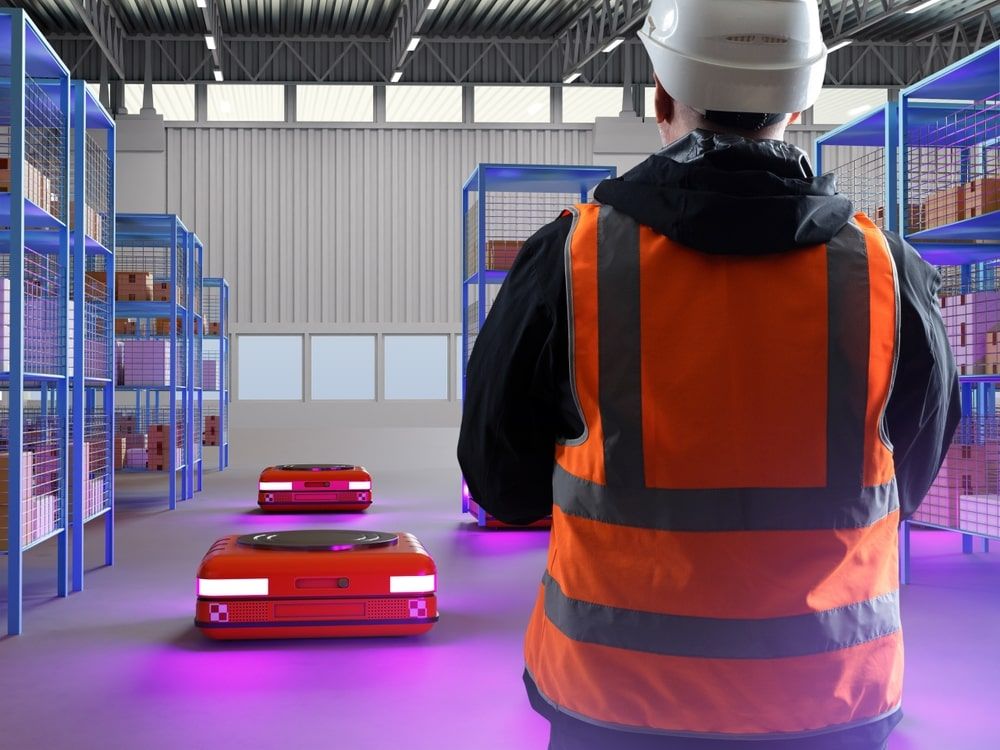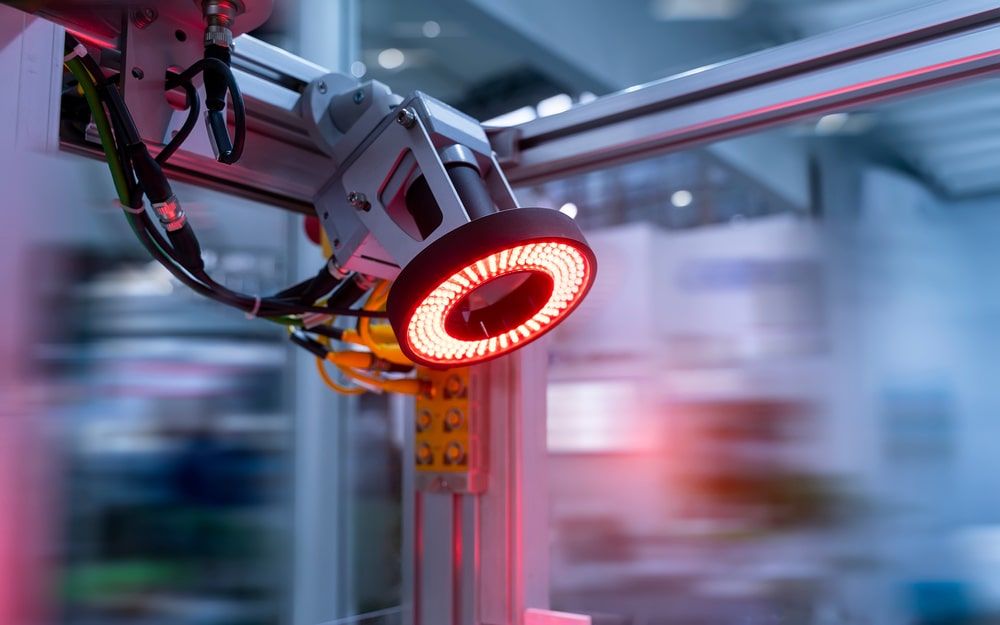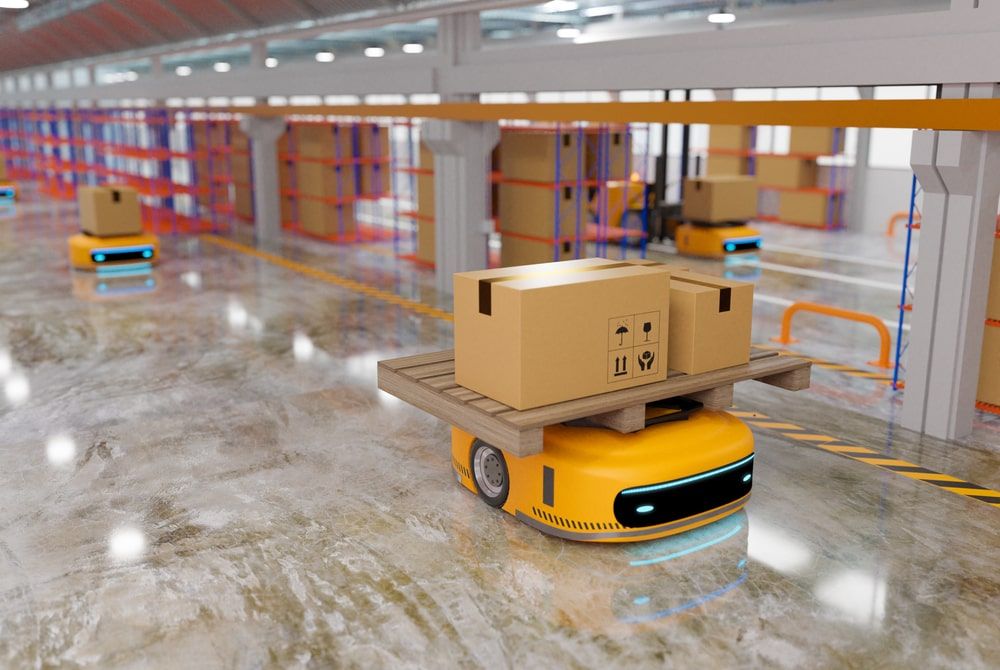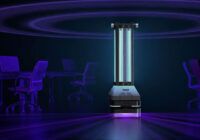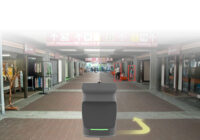Real-time proximity detection can be accomplished using various techniques, each of which is distinguished by a different set of the underlying hardware. Because of this, distance sensors use various technologies, including infrared (IR) triangulation, light-emitting diode Time-of-Flight (LED-TOF), ultrasonic, 3D vision, laser, etc. How do you pick the best distance sensor for your application when there are so many options?
What Exactly is a Distance Sensor?
A distance sensor is a dependable instrument for many applications that require accurate measurement, precise positioning, and the identification of a wide variety of materials. The major potential uses of this sensor include monitoring the unwinding of coils, identifying double sheets, or precisely situating high bay stackers.
How are Distance Sensors Operated?
Distance sensors typically produce waves, such as laser, IR LED, and ultrasonic ones, and then read how they have changed when they return. The key factors influencing this change are the strength of the returned signal and how long it takes to return. Resolution, range, and update rate are distance sensor terminology. The ideal option for a distance sensor project’s interfacing depends on several factors, including the sensor’s kind, speed, power consumption, wire length from the board to the sensor, etc.
Types of Distance Sensor Systems
Distance sensors can be categorized using a number of different systems, but in this case, we’re focusing on the classification of active and passive technology sensors.
Active sensors
Parametric sensors are another name for active sensors. To function, these sensors need an outside power source. Radar and GPS sensors are two examples of active sensors.
Passive sensors
Self-generated sensors are another name for passive sensors. They do not need an external power source because they produce their own electric signal. Thermal sensors, electric field sensing, and metals detecting are a few examples of passive sensors..There are countless applications for passive sensors in remote sensing
Why Choose Passive sensors over Active sensors
Manufacturing environments have used industrial cameras for years to support detection and safety procedures. Developing industrial 3D cameras with high-precision vision and collecting X, Y, and Z axes dimensions of image data have been made possible by developing technologies.
Passive remote sensing can be quite similar to how our eyes perceive the world. To provide authentic photos, DreamVu uses passive technology in all of its cameras. Our products, such as PAL USB, PAL Ethernet, PAL Mini, and ALIA, use passive technology, which has many benefits in a variety of fields, including manufacturing, the factory floor, and so forth, for surveillance.
Omnidirectional 3D vision cameras from DreamVu are utilized in applications like people and obstacle detection in warehouses and factories and for robot direction and part positioning.
Machine vision issues that could not be solved with only 2D vision can now be solved, thanks to 3D vision. Here, we’ll look at a few industrial settings that put 3D visions to use:
Obstacle detection
Computer vision systems employ 3D vision for quality control procedures such as identifying and localizing surface and geometric flaws. Employees must carry out these costly processes with extensive training involving inspections typically conducted visually. As 3D vision allows it to see the depth and degree of the problem, automatic inspection systems can speed up inspections and improve the reliability and quality of the results.
The DreamVu solution finds obstacles underneath the table that 1D scanners miss because they are lined with clothing. The solution, in contrast to cameras with a limited field of view, can recognize obstacles coming from the sides or back.
Detection and monitoring of people
Even when individuals are in diverse postures, our technology ensures a high level of people detection accuracy with negligible false positives. This makes it possible for robots to work naturally close to people in everyday situations. The presence of non-textured surroundings and things that could be mistaken for humans in the deployment scenario significantly negatively impacts the accuracy of person detection with conventional stereo cameras.
We make the most of our cameras’ large fields of vision to deliver considerably better contextual knowledge while minimizing false negatives. DreamVu’s person detection solution simplifies this feature as follower robots gain popularity. The person tracking is kept locked in by the field of view, so the robot knows who to follow.
3D vision and robots
Vision systems that produce contextual comprehension and situational awareness are advantageous for collaborative robots. The further cost advantages with straightforward deployment can be realized with a single omnidirectional 3D vision system.
Our UV-C Disinfection Robots offer a very efficient method of disinfection. This method makes it necessary to identify people’s presence so that UV-C lighting won’t be harmful. An omnidirectional 3D vision system is ideally suited to meet this need because it also has the added benefit of locating individuals and items.
Complete situational awareness may be achieved in every frame with the help of DreamVu’s omnidirectional 3D vision technologies, which include:
- Enhancing human-robot interaction through thorough 3D visual capture,
- Pre-installing the vision system before the delivery of the robot to the customer site to reduce startup costs,
- Collecting run-time visual data for workflow optimization and analysis,
- Detecting any individual in a broad space while minimizing false positives,
- Establishing safety perimeters based on the distance from UV-C lights, and
- Identifying the items that need to be cleaned and evaluating the effectiveness based on the time and distance.
Final Thought
The first crucial step in obtaining technology for industrial use is choosing the appropriate machine vision systems. Omnidirectional 3D vision systems are utilized for precise positioning, quick measuring, and a wide variety of materials detection.
At DreamVu, we have expertise in creating passive 3D Technology obstacle detection that tackles challenges. Our vision is to inspire autonomy through our products offered at low costs, ensuring low power usage. Moreover, our team possesses masterminds across optics, computer vision software, autonomous systems, and high-volume businesses.
Our products never fail to win over our customers. Choose us today to get the right distance sensor and score a beneficial deal.



